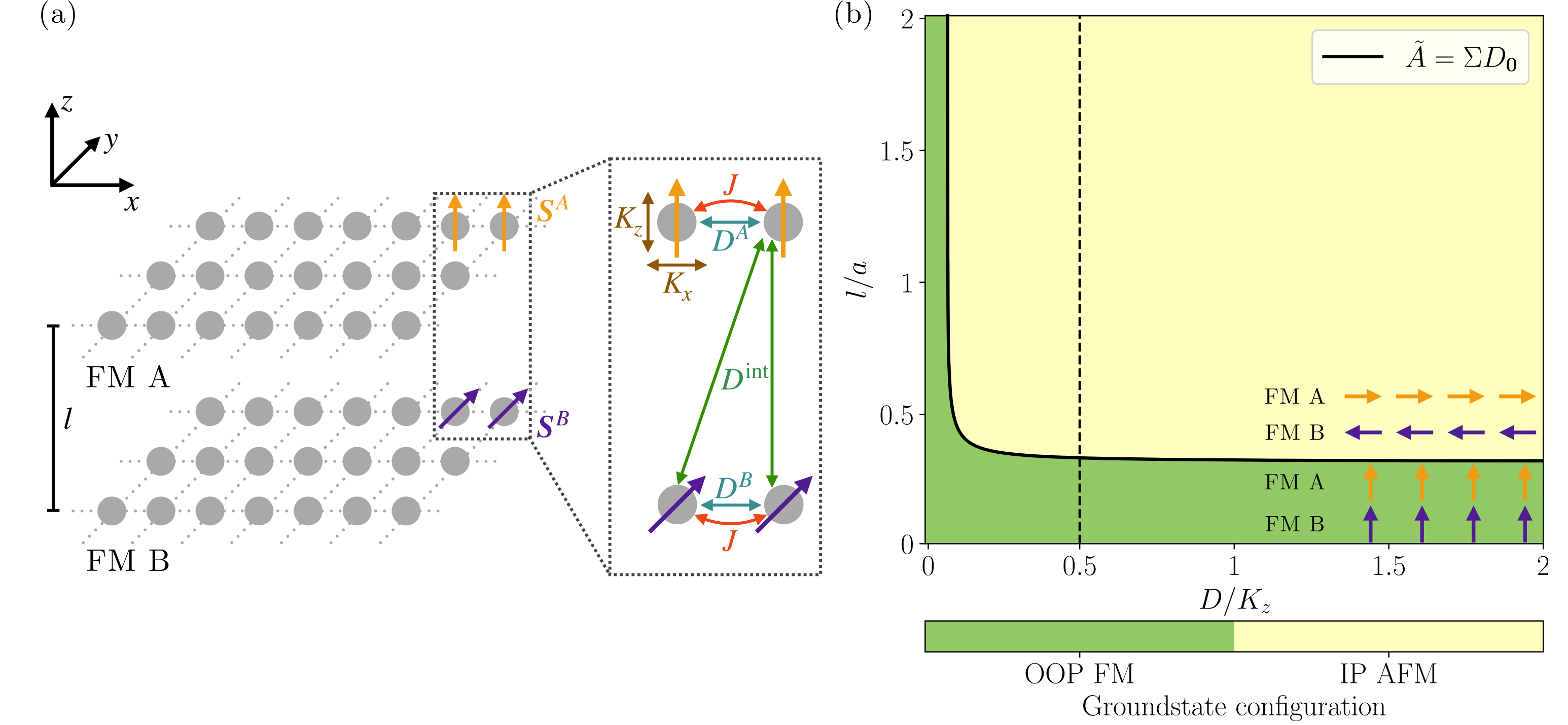
Dipole–dipole-interaction-induced entanglement between two-dimensional ferromagnets
We investigate the viability of dipole–dipole interaction as a means of entangling two distant ferromagnets. To this end, we make use of the Bogoliubov transformation as a symplectic transformation. We show that the coupling of the uniform magnon modes can be expressed using four squeezing parameters, which we interpret in terms of hybridization, one-mode, and two-mode squeezing. We utilize the expansion in terms of the squeezing parameters to obtain an analytic formula for the entanglement in the magnon ground state using the logarithmic nega- tivity as entanglement measure. Our investigation predicts that for infinitely large two-dimensional ferromagnets, the dipole–dipole interac- tion does not lead to significant long-range entanglement. However, in the case of finite ferromagnets, finite entanglement can be expected.
D. Wuhrer, N. Rohling and W. Belzig
Appl. Phys. Lett. 125, 2 (2024)
